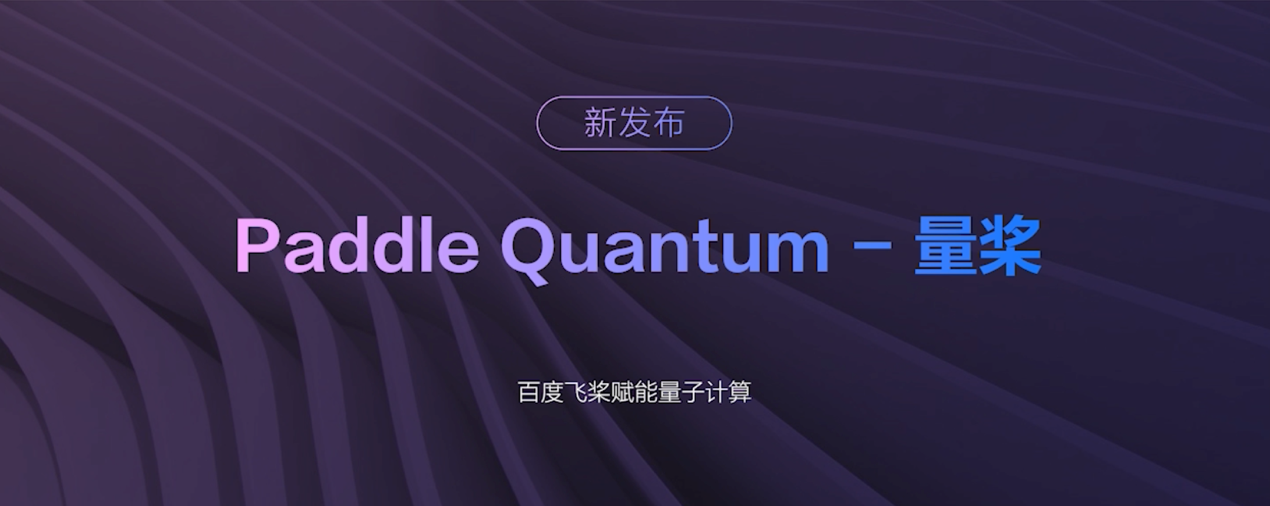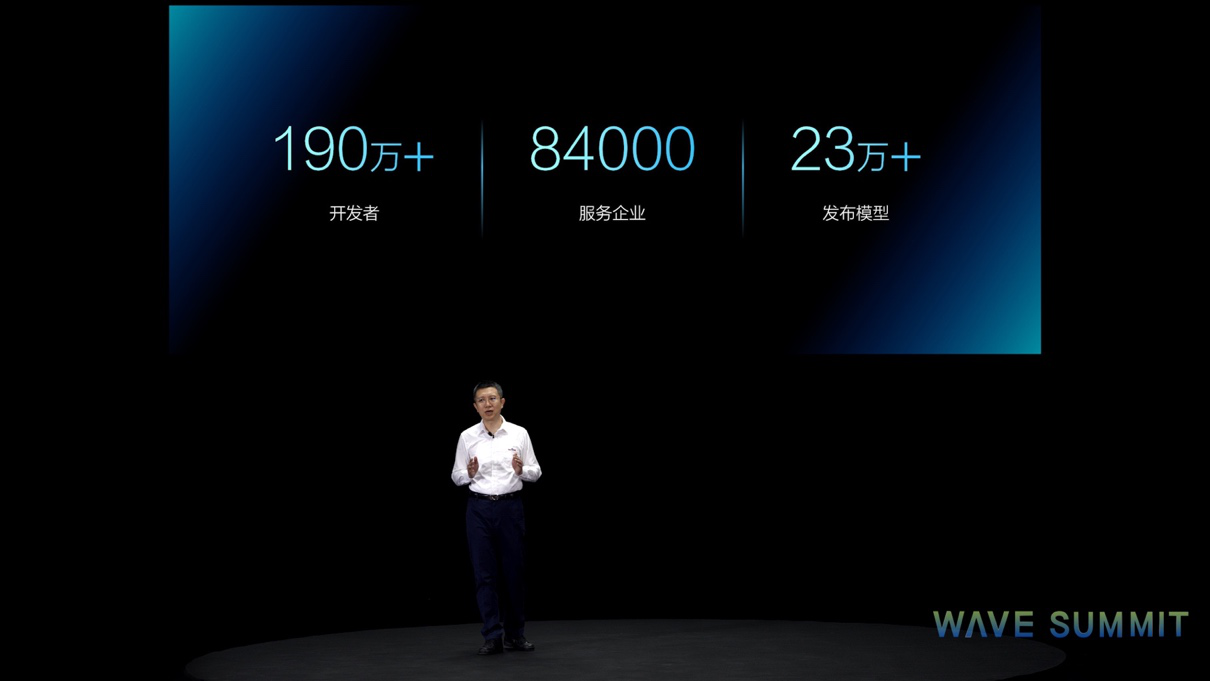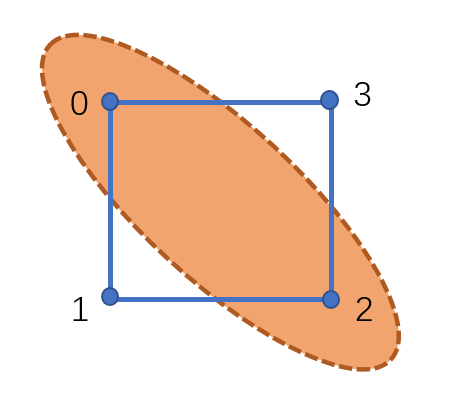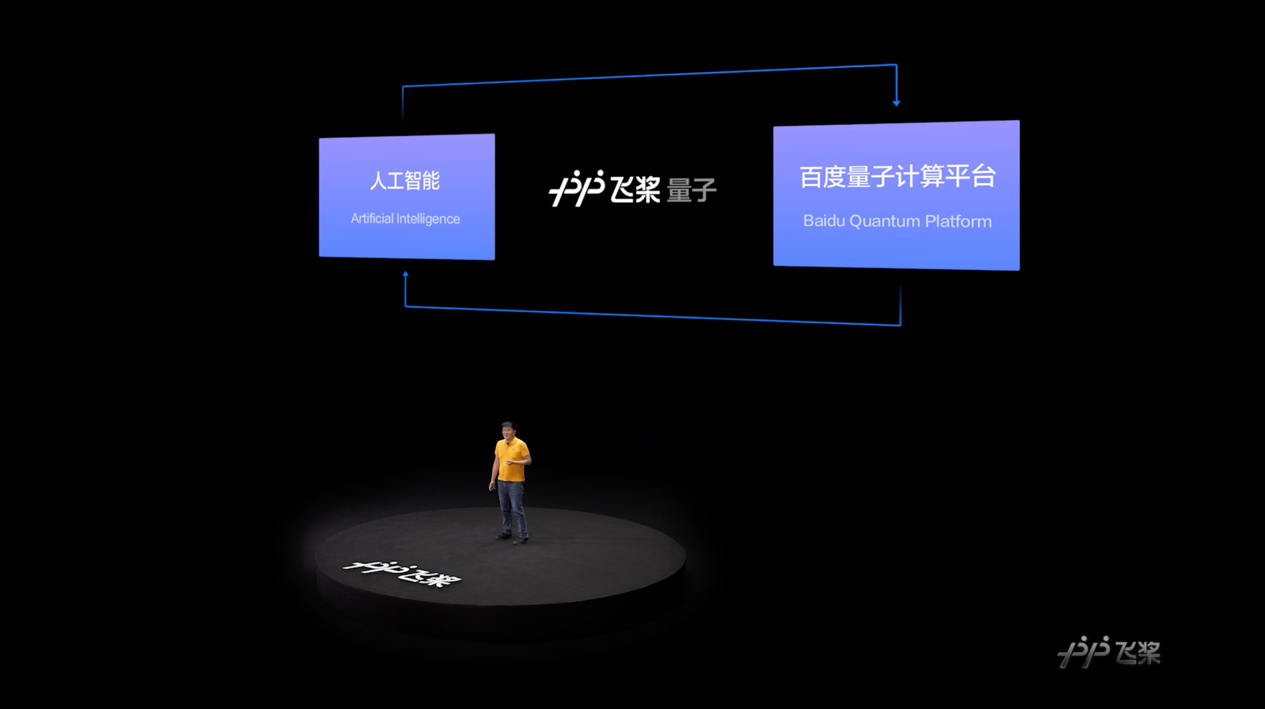2020-05-27
Back to list
The idea of synergizing quantum mechanics with computation theory - two of the most fundamental scientific breakthroughs throughout human history that barely intersect at any point of their long history - has eventually led to the birth of quantum computing. Thanks to the applications of striking quantum-mechanical features such as superposition, entanglement and interferences in information processing tasks, quantum computing promises great potential for supercharging artificial intelligence (AI) applications compared to binary-based classical computers. Meanwhile, advanced technologies such as deep learning algorithms are playing an increasingly critical role in the development of quantum research.
Since Baidu announced the establishment of Institute for Quantum Computing in March 2018, one of our primary goals is to build bridges between quantum computing and AI. We are proud to announce Paddle Quantum, a quantum machine learning development toolkit that can help scientists and developers quickly build and train quantum neural network models and provide advanced quantum computing applications.
Paddle Quantum is developed based on Baidu’s deep learning platform PaddlePaddle, which has become the first and unique deep learning platform in China that supports quantum machine learning.
“From now on, researchers in the quantum field can use the Paddle Quantum to develop quantum artificial intelligence, and our deep learning enthusiasts have a shortcut to learning quantum computing,” said Runyao Duan, Director of Baidu Quantum Computing Institute, at the Baidu Deep Learning Developer Conference Wave Summit 2020.
In addition to the release of Paddle Quantum, we have also announced seven new tools along with 27 improved features for the upgrade of PaddlePaddle, which is seeing strong adoption with over 1.9 million developers. As of May 2020, over 84,000 enterprises have used PaddlePaddle to create more than 230,000 models.
“Now is an unprecedented opportunity for the development of PaddlePaddle given the rise of industrial intelligence and the acceleration of AI-powered infrastructure. We will continue to embrace the open-source spirit, drive technological innovation, and partner with developers to advance deep learning and AI technologies and speed up the process of industrial intelligence,” said Baidu CTO Haifeng Wang.

Haifeng Wang
A deep dive in Paddle Quantum
Paddle Quantum consists of a set of quantum machine learning toolkits, including quantum development tools, a quantum chemistry library, and a set of optimization tools. It also supports three quantum applications: quantum machine learning, quantum chemical simulation, and quantum combinatorial optimization.
Paddle Quantum’s ease-of-use feature enables developers to build a simple quantum neural network or create their models following step-by-step quantum machine learning cases.
Developers also stand to benefit from Paddle Quantum’s versatility and scalability. We have systematically added a number of underlying functions to PaddlePaddle, including complex variable definitions and matrix multiplications that allow Paddle Quantum to support quantum circuit models, as well as general quantum computing research.
Many quantum computing applications focus on solving combinatorial optimization problems and quantum chemistry simulations. Paddle Quantum provides a set of tools dedicated to these critical problems that our developers can experiment with directly.
We have also introduced some new quantum machine learning models that lay a foundation for applications like Gibbs state preparation, an essential task for quantum computation.
Below is an example of how to use Paddle Quantum’s algorithm to solve challenging problems. Max-Cut is a classic graph partitioning challenge aiming to find a maximum cut in a graph. This is a typical NP-hard problem without a particularly effective solution using classical computers. Interestingly, in 2014 researchers Edward Farhi, Jeffrey Goldstone, Sam Gutmann from MIT found this Max-Cut problem can be solved using “Quantum Approximate Optimization Algorithm” (QAOA), which may outperform the best known classical algorithm and can run on a middle-sized quantum computer with technologies available in the next few years.

Figure: An instance of the Max-Cut problem with 4-vertex graph. The goal is to partition the set of vertices into two groups so that the number of edges between them is as large as possible.
Paddle Quantum provides a new implementation of the QAOA algorithm. With Paddle Quantum, we can translate this problem into a quantum neural network to train an optimal model. Then we can either find the solution by a classical simulation of the model, or run the model directly on a quantum computer. We are reducing the number of layers in a quantum computing network by 50%, making our approach more flexible in deployment compared to others in the industry.
More examples can be found at https://github.com/PaddlePaddle/Quantum.

Runyao Duan
What’s in the newest PaddlePaddle?
Also announced in the newest PaddlePaddle is a series of powerful tools and improved features. Over the past six months, PaddlePaddle has added 39 new algorithms to the library, which totals 146 algorithms and more than 200 pre-trained models.
Paddle.js is a library for deep learning in JavaScript that allows developers to use AI directly in the browser or smart mini programs in apps like Baidu App, Wechat, etc. Its on-device computation makes Paddle.js useful for low-latency and privacy-preserving applications.
PaddleClas is an end-to-end development toolkit for image classification that provides 23 types of classification networks (ResNet, ResNet_vd, Res2Net, HRNet, MobileNetV3), 117 pre-trained models, and a pre-retrained ResNet50_vd model trained on 55 million images with over 100,000 classes.
Parakeet is a text-to-speech toolkit with multiple cutting-edge models, including WaveFlow, ClariNet, WaveNet, Deep Voice 3, Transformer TTS, and FastSpeech. The latest WaveFlow model proposed by Baidu Research can provide fast, highly efficient and quality audio synthesis.
PLSC (Paddle Large Scale Classification Tools) enables large scale image classification model training task by using model parallel strategy on distributed graphic cards.
Paddle X is an integration development tool for the full cycle of process from data pre-processing to model inferencing.
PaddleCloud is a toolkit that helps developers initiate deep learning tasks with one click and quickly access computing resources on the cloud. It aims to enable rapid model deployment and scaling using PaddlePaddle.
EasyData is a new intelligent data service built within EasyDL for data collection, data labeling, data cleaning, and data enhancement. EasyDL is Baidu’s AI platform for training and building custom models via a drag-and-drop interface so developers don’t necessarily have to be a machine learning expert.
We are also proud to announce a hardware cooperative ecosystem we are building in a joint effort with the world's leading hardware manufacturers, including Intel, NVIDIA, Arm China, Huawei, MediaTek, Cambricon, Inspur and Sugon.
Please refer to GitHub for more about the newest PaddlePaddle, including how to download and install latest stable release. Read this beginer’s guide on our website.